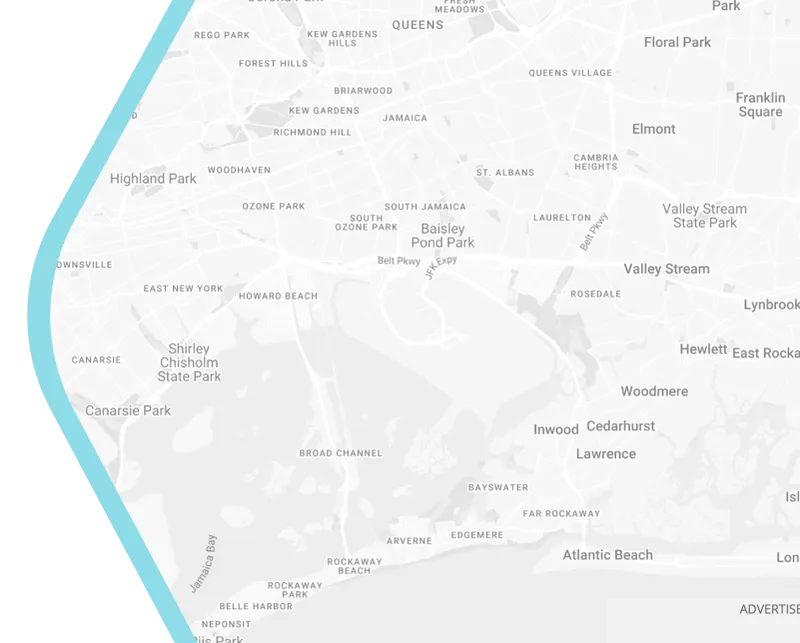
Urban Intelligence: The Future of Sustainable and Data-Driven Cities in Australia
Introduction
Australia is at the forefront of a smart city revolution, integrating data-driven decision-making and sustainable planning into urban development. As technology advances, urban areas must adapt to meet environmental, economic, and social demands. The emergence of artificial intelligence (AI), the Internet of Things (IoT), and sustainable urban design is shaping the future of Australia’s cities, ensuring they remain resilient and efficient. This article explores the technologies driving smart cities, the challenges they face, and how projects like the Kialla West Eco-Village Masterplan exemplify sustainable urban intelligence.
The Need for Sustainable and Data-Driven Cities in Australia
Addressing Climate and Urbanization Challenges
With rapid urbanization and growing climate concerns, Australia faces increasing pressure to create sustainable cities. The need for energy-efficient buildings, green infrastructure, and low-carbon transportation has never been greater. Cities must embrace smart planning that reduces environmental impact while enhancing livability.
The Role of Smart Technologies in Urban Growth
Smart city technologies provide innovative solutions to urbanization challenges. AI-driven data analytics improve traffic flow, while IoT sensors enhance energy efficiency in buildings and public spaces. Digital transformation is key to creating cities that are both intelligent and sustainable.
Core Technologies Driving Smart and Sustainable Cities
AI in Urban Planning
Artificial intelligence optimizes city planning through predictive analytics, helping planners make informed decisions about infrastructure, transportation, and energy consumption. AI models forecast population growth, traffic patterns, and resource allocation, ensuring smarter urban layouts.
IoT for Smart Infrastructure
IoT enables real-time monitoring and management of critical urban systems. From smart grids to intelligent waste management, IoT enhances efficiency, reduces costs, and improves quality of life. Sensors provide valuable data to optimize water usage, air quality, and energy distribution.
Digital Twin Technology
Digital twins create virtual models of cities, allowing urban planners to simulate scenarios before implementing real-world solutions. This technology enhances decision-making by providing insights into sustainability impacts, energy efficiency, and infrastructure resilience.
Case Study: Kialla West Eco-Village Masterplan
The Kialla West Eco-Village Masterplan is a pioneering project demonstrating the potential of sustainable and data-driven urban planning. This initiative showcases how innovative design principles can create a self-sufficient, environmentally friendly community.
Sustainable Living Through Smart Design
Kialla West Eco-Village integrates smart energy solutions, green building practices, and eco-friendly transportation networks. The community prioritizes renewable energy sources, such as solar panels and battery storage, ensuring energy efficiency and reduced carbon footprints.
Data-Driven Community Planning
By leveraging data analytics, the project optimizes resource management, mobility solutions, and housing design. Real-time monitoring of energy consumption and environmental factors ensures the village remains sustainable while meeting residents' needs.
Challenges in Implementing Smart and Sustainable Cities
Infrastructure and Investment Barriers
The transition to smart cities requires substantial investment in infrastructure, technology, and policy changes. Funding and stakeholder buy-in are critical challenges that need strategic planning and government support.
Balancing Technology with Community Needs
While technology enhances urban living, cities must ensure inclusivity and accessibility. Human-centric design ensures that smart cities prioritize people’s needs, promoting social equity and community engagement.
Policy and Regulation Hurdles
Smart city initiatives must align with regulatory frameworks and urban planning policies. Governments play a key role in enabling sustainable urban transformation through incentives, guidelines, and partnerships with private sectors.
The Future of Urban Intelligence in Australia
As Australia moves toward a smarter, more sustainable urban future, the integration of AI, IoT, and data-driven strategies will be essential. Future trends include autonomous public transport, blockchain-powered smart contracts for city management, and AI-driven climate resilience solutions.
Build the Future with Smart City Solutions
Australia’s urban transformation relies on innovative smart planning. Whether you’re a developer, policymaker, or urban planner, embracing sustainable and data-driven solutions is key to shaping resilient cities.
Discover how Smart City Solutions can help turn your vision into reality. Explore our services here and be part of the future of urban intelligence.
